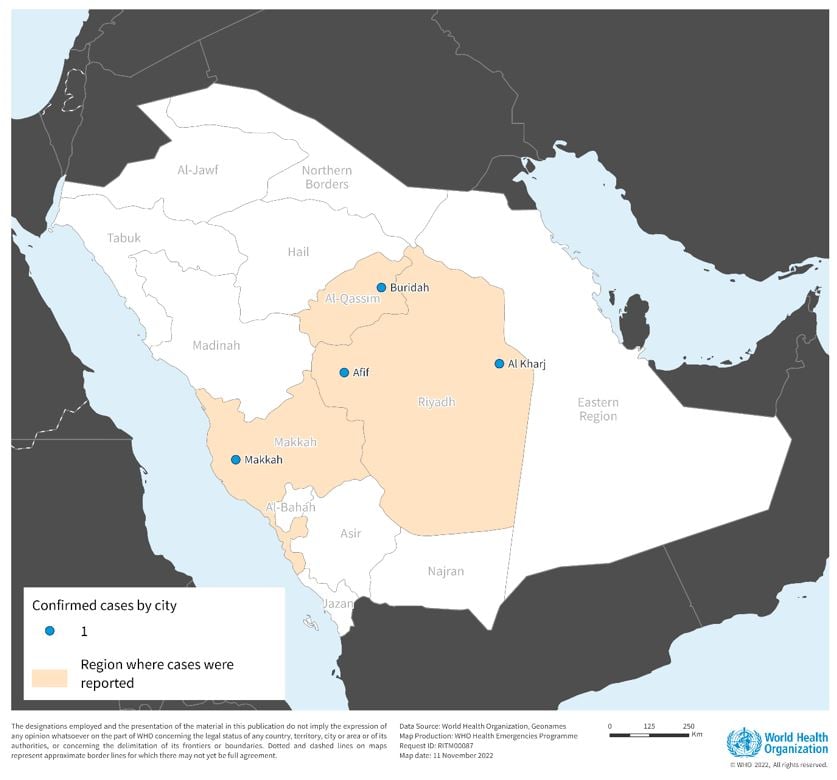People recovering from COVID-19 are at higher risk of a new diabetes diagnosis, a research team from Beijing reported this week in BMC Medicine. Their findings come from a meta-analysis of nine studies that included nearly 40 million participants, the largest of its kind.
Previous studies tied diabetes to an increased risk of severe COVID-19, but another recent meta-analysis suggested a link between newly diagnosed diabetes and infection with the virus.
Of the nearly 40 million participants across the studies, the group identified 200,000 diabetes cases, with a post-COVID incidence per 1,000 person-years of 15.53 and a relative risk of 1.62 compared to people who weren't infected with COVID. The increased risk persisted by age, sex, type of diabetes, follow-up time, and COVID severity, and it was significant, even when the authors accounted for undetected confounding.
They note that an increased risk of diabetes has also been found for other viruses, but their analysis shows a 20% higher risk of developing diabetes following COVID compared to patients with other upper respiratory viruses and an 82% increased risk compared to the general population.
Possible mechanisms include the effect of SARS-CoV-2 on pancreatic cells and the cytokine storm in those who have an exaggerated immune response to the virus, which might promote insulin resistance.
The researchers wrote that their findings reinforce the need for clinicians to pay attention to patients' glucose metabolism in the post-acute phase of COVID-19, especially in the first 3 months following infection.
 hospitalized. The men had contact with camels and had consumed camel milk. The agriculture ministry's related investigations identified the virus in camels in those three instances. So far, the 23-year-old woman's exposure source isn't known.
hospitalized. The men had contact with camels and had consumed camel milk. The agriculture ministry's related investigations identified the virus in camels in those three instances. So far, the 23-year-old woman's exposure source isn't known.










